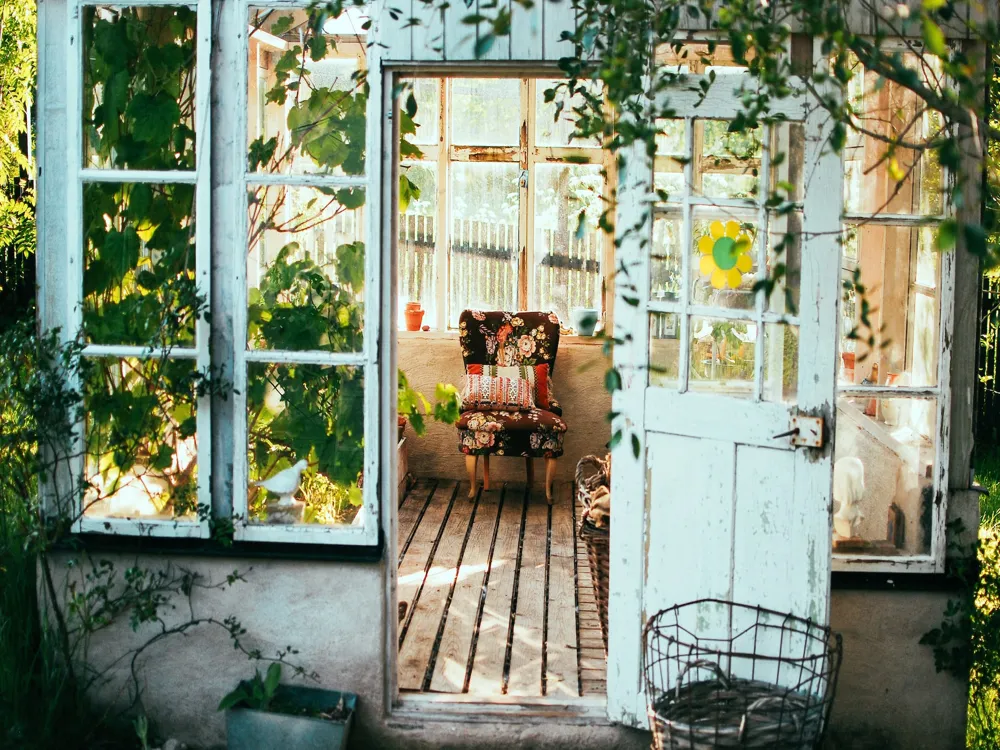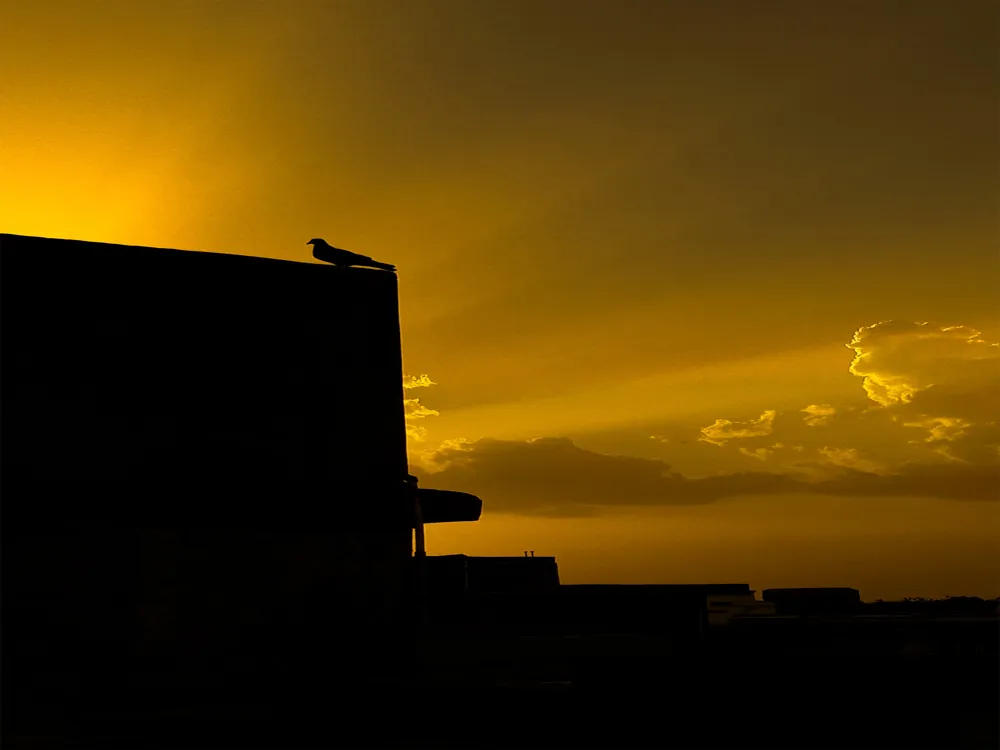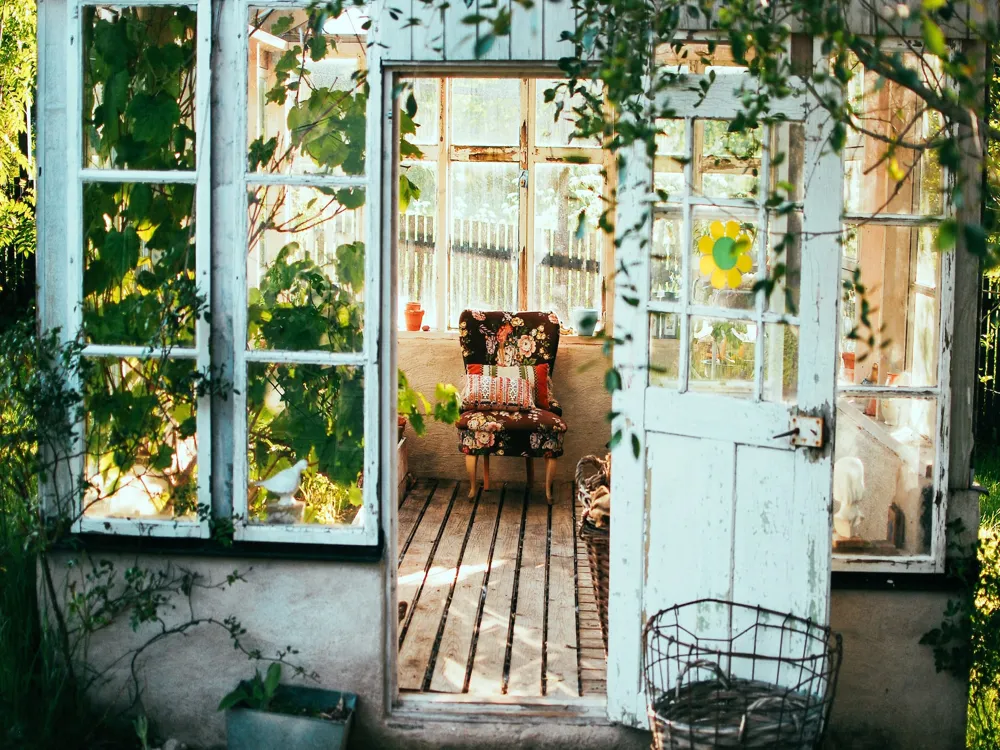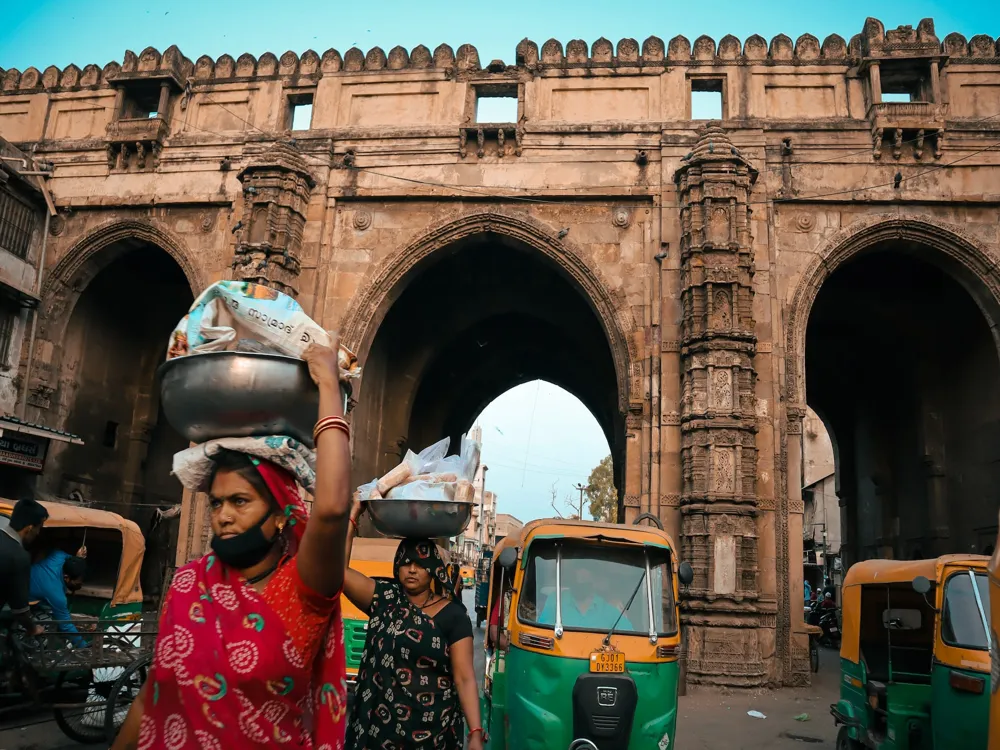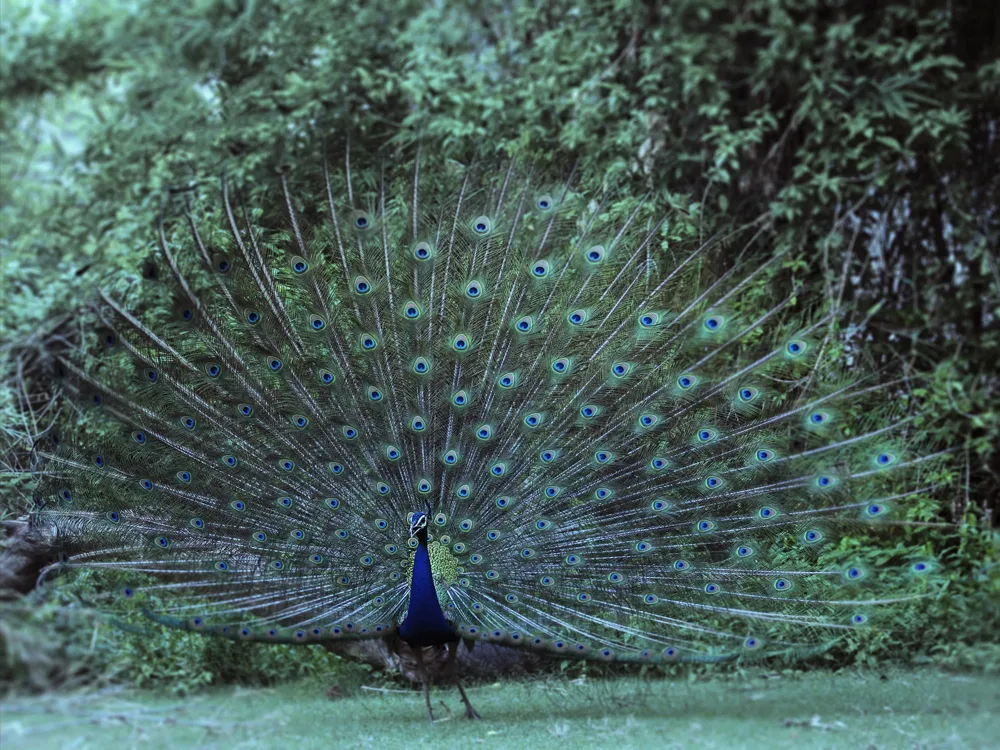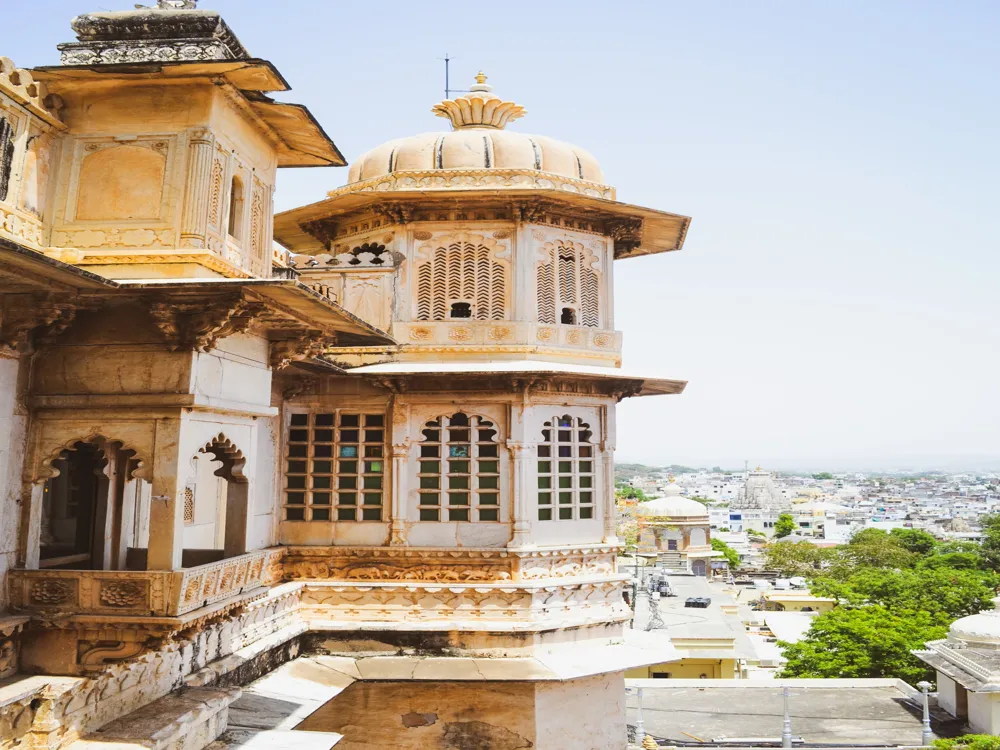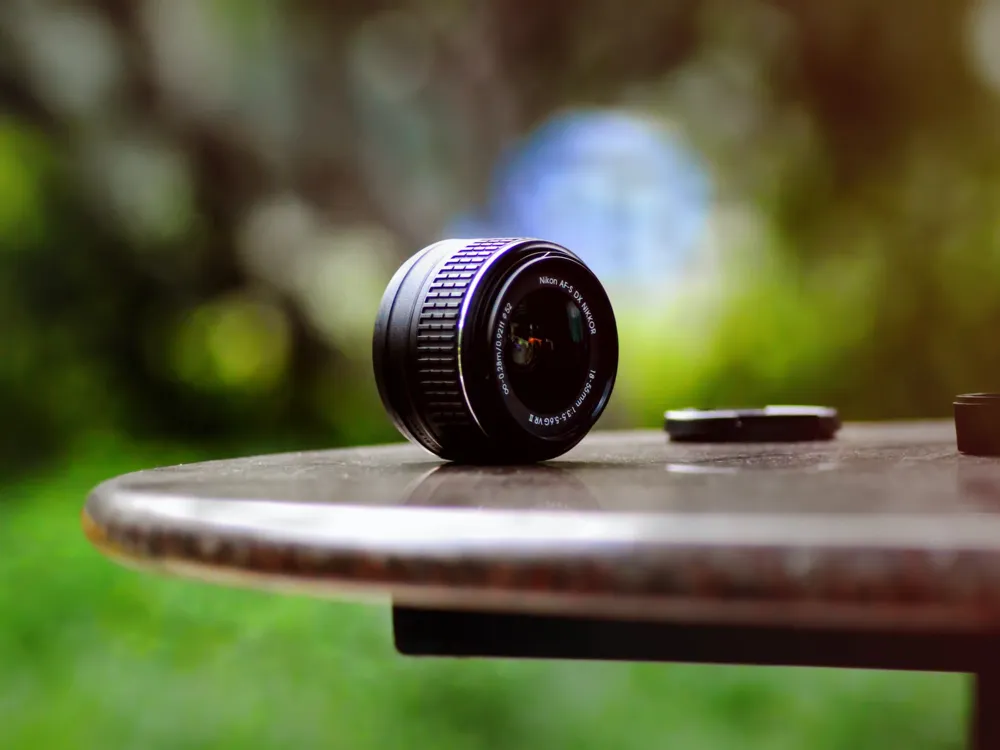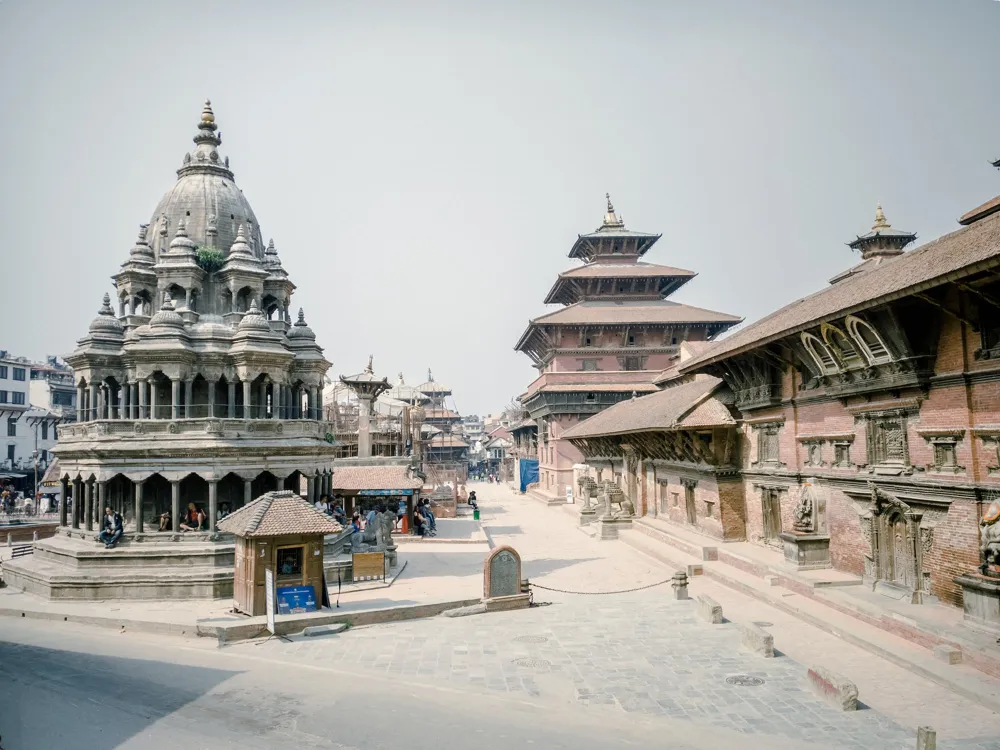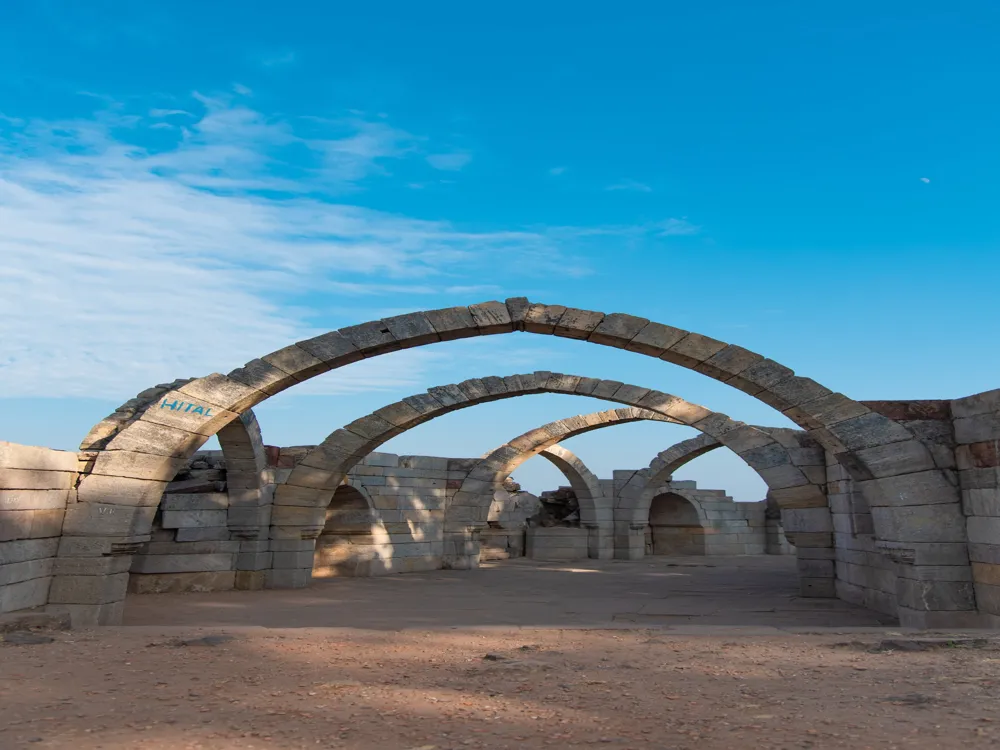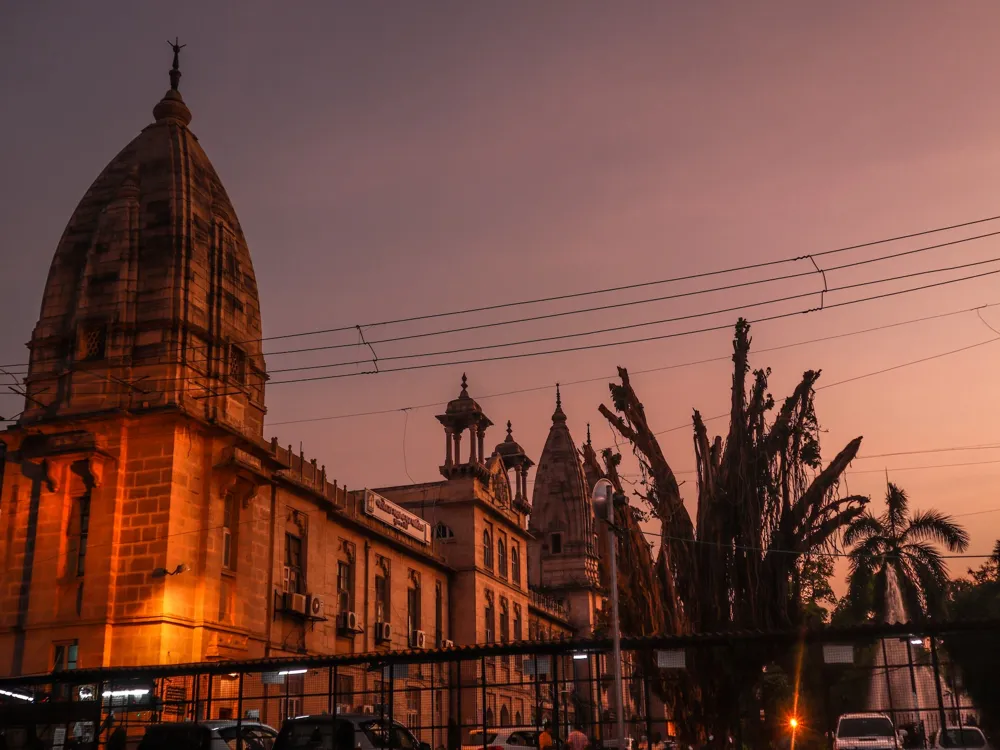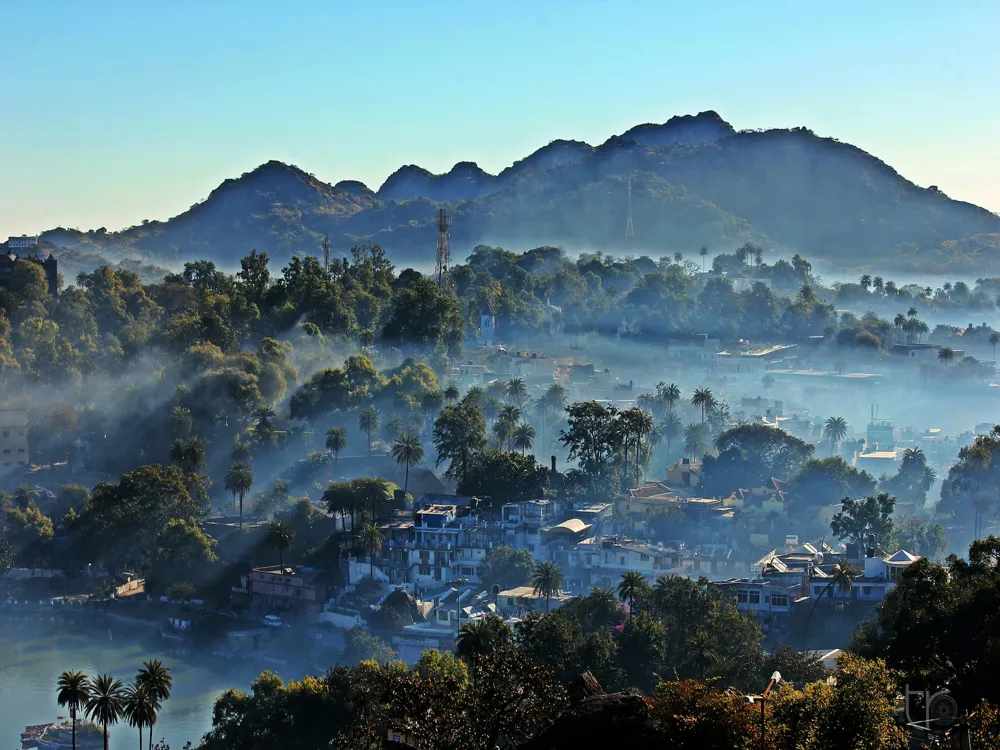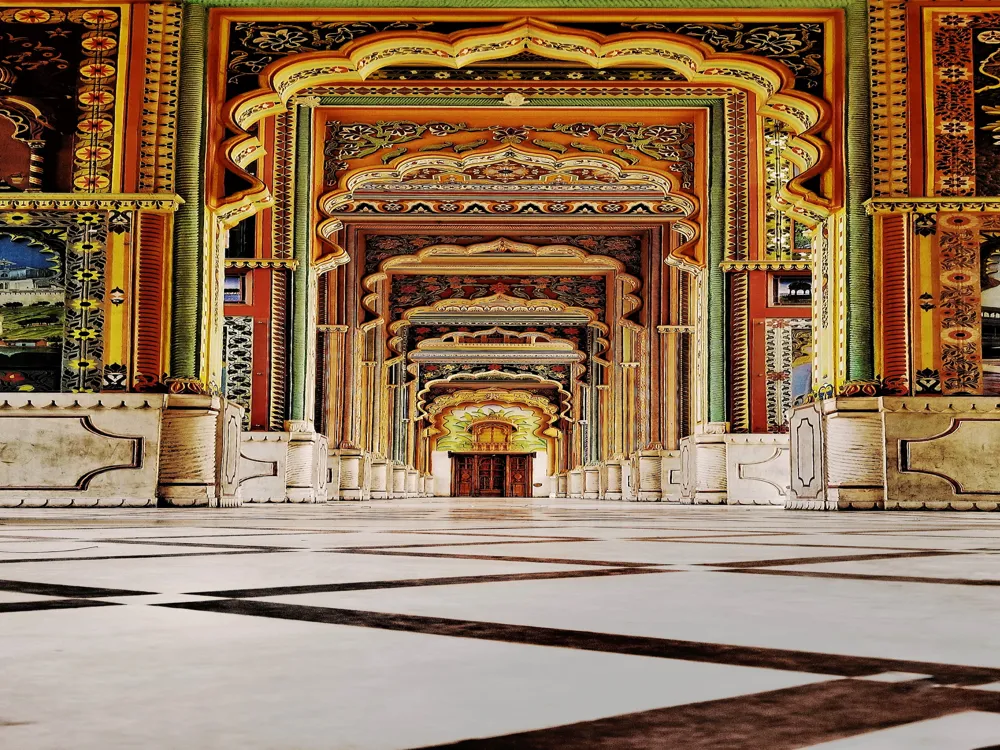Dada Hari Wav, a significant architectural marvel in Ahmedabad, Gujarat, stands as a testament to the ingenuity and craftsmanship of ancient Indian architecture. Built-in the 15th century under the reign of Mahmud Begada, this stepwell is not only a water storage system but also a cool retreat from the harsh summers of Gujarat. The stepwell, known locally as 'wav', showcases the blend of Indian and Islamic architectural styles, making it a unique historical site. The intricately carved columns and walls, along with the detailed work on the ceilings and steps, depict stories from Indian mythology and the daily life of that era. As you walk down the steps, you can feel the temperature dropping, a feature that highlights the thoughtful engineering behind its construction. The Dada Hari Wav is an exemplary representation of the step-wells in Gujarat, which were not only sources of water but also social, cultural, and religious hubs. The wav is a seven-story structure that goes deep into the earth, ensuring a consistent water supply throughout the year. The walls are adorned with beautiful carvings, and the play of light and shadow as one descends into the well is truly a sight to behold. The lower levels often remain cooler, providing a respite from the heat. Historically, these stepwells served as gathering places for locals, offering a space for social interaction and religious ceremonies. Today, Dada Hari Wav stands as a remarkable example of ancient engineering and architecture, attracting historians, architects, and tourists from all over the world. The architecture of Dada Hari Wav is a splendid example of the fusion of Indian and Islamic architectural elements. The stepwell, built entirely of sandstone, features a series of steps that lead down to the water level. The main feature of this stepwell is its intricate carvings and sculptures that adorn its walls and pillars. These carvings depict scenes from Hindu mythology, flora and fauna, and everyday life of the period, showcasing the artistic prowess of the craftsmen. The stepwell is designed in an octagonal shape, and each level as one descends is marked by a pavilion with beautifully carved pillars and arches. This architectural style is indicative of the significant influence of Islamic architecture, particularly in the use of geometric patterns and symmetrical designs. The stepwell's design also includes several features that are unique to water architecture of this period. The well was designed to be functional throughout the year, with the water level changing according to the seasons but always accessible via the steps. The lower levels are cooler and provide a gathering space during the hot summer months. The precision with which the stepwell was constructed, ensuring both functionality and aesthetic appeal, makes Dada Hari Wav a masterpiece of ancient architecture. Its resilience and beauty have withstood the test of time, making it a cherished historical site in India. The best time to visit Dada Hari Wav is from October to March when the weather in Ahmedabad is pleasant. During these months, the temperatures are cooler, making it comfortable to explore the stepwell. Opting for a guided tour can enhance your experience as the guides are knowledgeable about the history and architecture of Dada Hari Wav. They can provide insights that you might miss otherwise. The stepwell is a photographer's paradise. Early mornings or late afternoons are ideal for photography when the light is softer, and the shadows play beautifully across the architecture. While exploring, be mindful of the steps as they can be slippery. It's advisable to wear comfortable shoes and carry water, especially during warmer months. Dada Hari Wav is located in the Asarwa area of Ahmedabad and is easily accessible by various means of transportation. Visitors can take a taxi or an auto-rickshaw from any part of the city to reach the stepwell. For those who prefer public transport, local buses ply regularly to the Asarwa area. If you're driving, there's ample parking space available near the site. The nearest railway station is Ahmedabad Junction, which is about 4 kilometers away, and the Sardar Vallabhbhai Patel International Airport is approximately 8 kilometers from Dada Hari Wav, making it convenient for those traveling from different parts of India and abroad. Read More:Overview of Dada Hari Wav in Ahmedabad, Gujarat
The architecture of Dada Hari Wav
Tips When Visiting Dada Hari Wav
Best Time to Visit
Guided Tours
Photography Tips
Safety Precautions
How To Reach Dada Hari Wav
Dada Hari Wav
Ahmedabad
Gujarat
NaN onwards
View ahmedabad Packages
Weather :
Label : Must Visit
Tags : Historical Site
Timings : 9:00 AM to 5:00 PM
Time Spent : 1-2 hours
Entry Fee : None
Planning a Trip? Ask Your Question
Also Refered As:
Dada Hari Stepwell
Ahmedabad Travel Packages
View All Packages For Ahmedabad
Top Hotel Collections for Ahmedabad

Private Pool

Luxury Hotels

5-Star Hotels

Pet Friendly
Top Hotels Near Ahmedabad
Other Top Ranking Places In Ahmedabad
View All Places To Visit In ahmedabad
Faq on Ahmedabad
What is Dada Hari Wav?
Dada Hari Wav, also known as Stepwell, is a historical water storage tank located in Ahmedabad, Gujarat, India. It was built in the 15th century by Sultan Bai Harir.
Who built Dada Hari Wav?
Dada Hari Wav was commissioned by Bai Harir, a noblewoman during the reign of Mahmud Begada in the 15th century.
What is the historical significance of Dada Hari Wav?
Dada Hari Wav served as a vital source of water for the local community and travelers passing through Ahmedabad. It also showcases exquisite architectural craftsmanship of the bygone era.
How deep is Dada Hari Wav?
The depth of Dada Hari Wav varies at different levels, reaching up to several stories underground. Exact measurements may vary.
Is Dada Hari Wav open to visitors?
Yes, Dada Hari Wav is open to visitors. Tourists can explore its intricate architecture and learn about its historical significance.
View ahmedabad Packages
Weather :
Label : Must Visit
Tags : Historical Site
Timings : 9:00 AM to 5:00 PM
Time Spent : 1-2 hours
Entry Fee : None
Planning a Trip? Ask Your Question
Dada Hari Stepwell
Ahmedabad Travel Packages
View All Packages For Ahmedabad
Top Hotel Collections for Ahmedabad

Private Pool

Luxury Hotels

5-Star Hotels

Pet Friendly
Top Hotels Near Ahmedabad
Other Top Ranking Places In Ahmedabad
View All Places To Visit In ahmedabadFaq on Ahmedabad
What is Dada Hari Wav?
Dada Hari Wav, also known as Stepwell, is a historical water storage tank located in Ahmedabad, Gujarat, India. It was built in the 15th century by Sultan Bai Harir.
Who built Dada Hari Wav?
Dada Hari Wav was commissioned by Bai Harir, a noblewoman during the reign of Mahmud Begada in the 15th century.
What is the historical significance of Dada Hari Wav?
Dada Hari Wav served as a vital source of water for the local community and travelers passing through Ahmedabad. It also showcases exquisite architectural craftsmanship of the bygone era.
How deep is Dada Hari Wav?
The depth of Dada Hari Wav varies at different levels, reaching up to several stories underground. Exact measurements may vary.
Is Dada Hari Wav open to visitors?
Yes, Dada Hari Wav is open to visitors. Tourists can explore its intricate architecture and learn about its historical significance.








